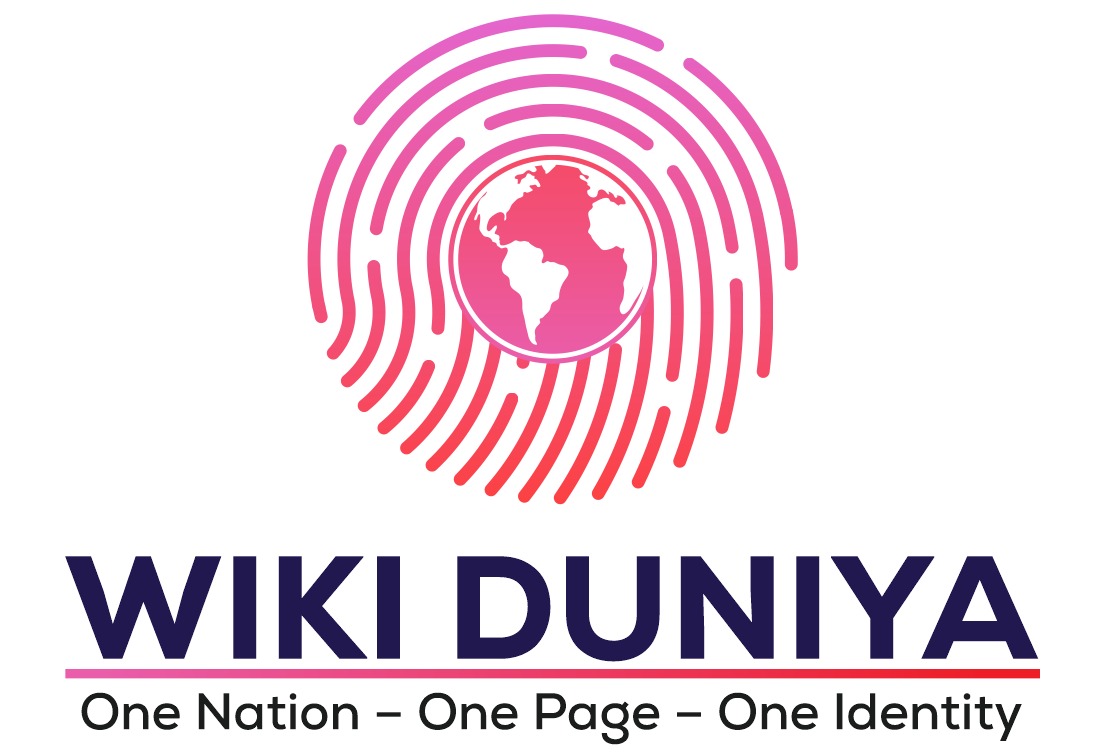
How to Use Hashtags for Personal Branding
Introduction
How to Use Hashtags for Personal Branding is a topic that many professionals overlook, yet it can make a big difference in online visibility.
In 2025, social media algorithms rely heavily on content discoverability, and hashtags remain a simple but powerful way to position yourself in front of the right audience.
Whether you are an educator, entrepreneur, freelancer, or institution in India, using hashtags strategically can help your personal brand stand out, connect with relevant communities, and build credibility.
1. Understanding the Purpose of Hashtags
Hashtags work as searchable keywords that group related content together. When you use a hashtag, your post becomes part of a larger conversation that people can find by searching or clicking on that hashtag.
This increases the reach of your posts beyond your immediate followers and gives you the opportunity to connect with people who share similar interests or needs.
2. Choosing the Right Hashtags for Your Brand
Not all hashtags will benefit your personal brand. Broad ones like #Success or #Motivation may have millions of posts, making it hard for yours to stand out. Instead, focus on targeted hashtags that combine your profession, location, and expertise.
For example, an Indian architect could use #ArchitectureIndia, #SustainableDesign, or #UrbanPlanningTips to attract a relevant audience. The more specific you are, the more likely you are to reach people interested in your work.
3. Balancing Popular and Niche Hashtags
A good strategy is to mix high-traffic hashtags with niche-specific ones. Popular hashtags get you quick visibility, but niche hashtags attract the audience most likely to engage with your content.
For instance, if you are a career coach, you might combine #CareerGrowth with #IndianJobMarket or #ResumeTipsIndia to cover both wide and focused reach.
4. Platform-Specific Hashtag Rules
Different platforms treat hashtags differently. On Instagram, you can use up to 30 hashtags per post, but quality matters more than quantity.
On LinkedIn, three to five relevant hashtags are ideal to keep your post professional. On Twitter/X, one or two hashtags work best for engagement. Understanding each platform’s etiquette will help you avoid looking spammy.
5. Creating Your Own Branded Hashtag
One of the most effective ways to strengthen your personal brand is by creating a unique hashtag that people can associate with you.
This could be your name, your business name, or a specific campaign you are running. For example, a yoga instructor might use #YogaWithAnita, making it easy for followers to find all her related content in one place.
6. Using Hashtags in Stories, Reels, and Videos
Hashtags aren’t just for static posts. Adding them to Stories, Reels, and videos can help content appear in hashtag-based discovery feeds.
Even though Stories disappear after 24 hours, the exposure during that time can help boost engagement and bring in new followers.
7. Avoiding Hashtag Overload
While hashtags are powerful, overusing them can make your content look cluttered. Always place them neatly — either at the end of the caption, in a separate comment, or integrated naturally within your sentences. This makes your post easier to read while still gaining the benefits of hashtag discovery.
8. Tracking Hashtag Performance
Many platforms offer analytics that let you see how much engagement your hashtags are driving. Regularly review which hashtags are bringing you the most views, likes, or clicks, and adjust your list accordingly. This ensures your strategy remains effective and aligned with your branding goals.
9. Engaging with Hashtag Communities
Using a hashtag is not enough; you should also engage with the community around it. Like, comment, and share posts from others using the same hashtags. This not only increases your visibility but also helps you build meaningful professional relationships within your niche.
10. Staying Updated with Trends
Trending hashtags can give you a quick boost in reach, but they need to align with your brand. For example, participating in #WorldEnvironmentDay can work for an environmental consultant, but might not be relevant for a finance professional. Always check that the trend connects to your expertise before joining in.
Conclusion
Hashtags, when used thoughtfully, can be one of the most cost-effective tools for personal branding. They help your content reach the right people, improve engagement, and create long-term visibility for your professional identity. The key is to choose them wisely, use them consistently, and adapt them as your brand grows. In India’s competitive digital space, mastering hashtag use can give your personal brand the edge it needs.




